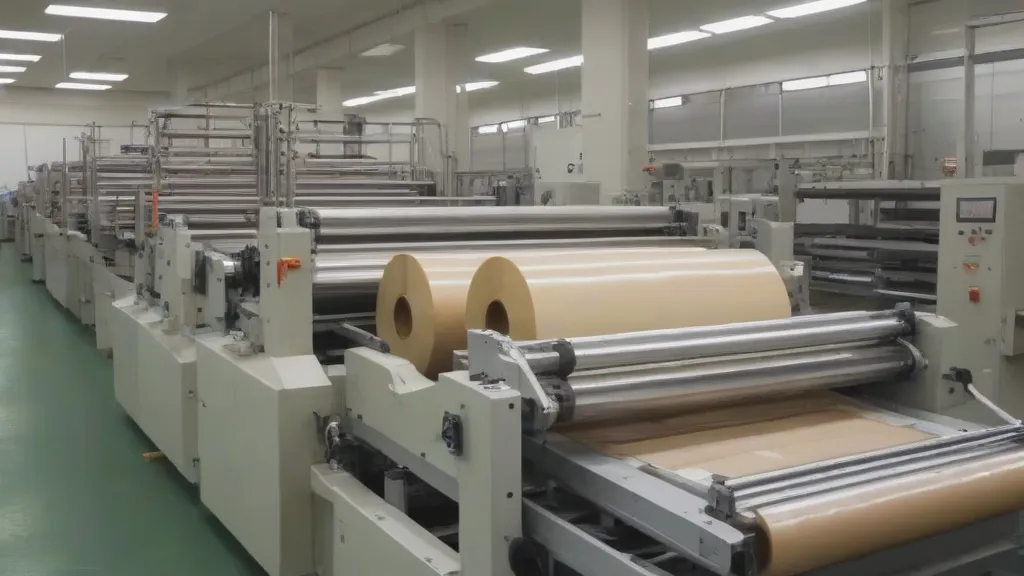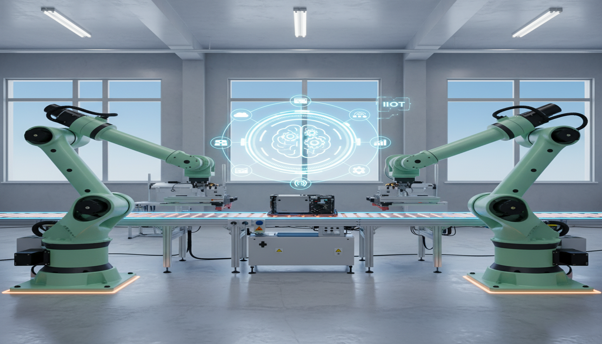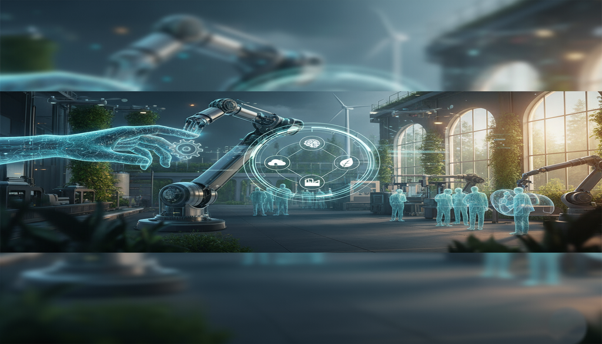What is Flexible Packaging?
Flexible packaging is a broad category that includes a wide range of packaging products made from flexible materials that can be easily molded. These materials could be plastics, films, foils, and paper, which are often combined to create packaging solutions that are lightweight, durable, and versatile.
Flexible packaging is used to contain, protect, and preserve goods, making it a critical component in various industries such as food and beverage, pharmaceuticals, and consumer products.
Evolution of the Flexible Packaging Industry
The flexible packaging industry has undergone significant transformation over the past few decades. Originally, packaging solutions were limited to simple materials such as paper and cloth. However, the advent of plastics and advancements in material science have transformed the industry, leading to the development of multi-layered films and sophisticated packaging technologies.
Key Benefits of Flexible Packaging
Flexible packaging offers numerous benefits that make it an attractive option for manufacturers, retailers, and consumers alike:
Lightweight and Easy to Transport: Flexible packaging is significantly lighter than rigid packaging alternatives, which reduces transportation costs. The lightweight nature also makes it more convenient for consumers to handle and store.
Material Efficiency: Flexible packaging typically uses less material than rigid packaging, resulting in lower production costs and reduced environmental footprint. This efficiency also contributes to reduced waste throughout the packaged lifecycle.
Customization: Flexible packaging can be easily customized to fit specific product shapes and sizes, offering unique design opportunities. This customization enhances product appeal and functionality, providing a better fit for diverse products.
Extended Shelf Life: Advanced barrier properties of flexible packaging materials protect products from external factors such as moisture, oxygen, and light. This helps extend the shelf life of perishable goods, ensuring that they remain fresh and safe for longer periods.
Enhanced Branding: High–quality printing and graphics capabilities allow for eye-catching designs and detailed product information. This enhances brand visibility and consumer engagement, making products stand out on store shelves.
Reasons behind the recent rise of Flexible Packaging
Shifting Consumer Preferences:
One of the primary reasons for the rise of flexible packaging is the shift in consumer preferences towards convenience and sustainability. Modern consumers are increasingly looking for packaging solutions that are easy to handle, store, and dispose of. Flexible packaging meets these demands with its lightweight, easy-to-open, and resealable features, providing a better user experience compared to rigid packaging.
Cost Efficiency:
The production of flexible packaging generally requires fewer raw materials, which translates to lower material costs. Its lightweight nature also reduces shipping and handling expenses, providing additional savings throughout the supply chain.
For manufacturers, flexible packaging’s adaptability and customization capabilities mean fewer design constraints and reduced tooling costs. This flexibility allows for smaller production runs and quicker turnaround times, enabling them to respond swiftly to market changes and consumer demands.
Technological Advancements:
Technological advancements in material science and manufacturing processes have significantly contributed to the growth of flexible packaging. Modern flexible packaging materials offer superior barrier properties, ensuring better protection against oxygen, moisture, and light. These improvements help maintain product freshness and extend shelf life, particularly for food and beverage products.
Sustainability:
As environmental concerns are becoming more prominent, the packaging industry is under increasing pressure to adopt sustainable practices. Flexible packaging has several environmental benefits that contribute to its rising popularity:
Material Efficiency: Flexible packaging typically uses less material than rigid packaging, resulting in less waste and lower environmental impact. This efficiency also means fewer resources are required for production, contributing to sustainability goals.
Reduced Carbon Footprint: The lightweight nature of flexible packaging reduces transportation emissions and energy consumption. This reduction in the carbon footprint is a significant advantage as companies strive to meet stricter environmental regulations and consumer expectations.
Recyclability and Biodegradability: Advances in material technology have led to the development of recyclable and biodegradable flexible packaging options. These innovations help address the growing concern over plastic waste and support circular economy initiatives.
Market Trends and E-commerce Growth:
The growth of e-commerce has significantly influenced packaging trends. As more consumers shop online, the demand for efficient and protective packaging solutions has increased. It helps reduce shipping costs and ensure products arrive in good condition, enhancing the customer experience. The size of the worldwide flexible packaging market was estimated at USD 248.9 billion in 2022 and is expected to increase at a rate of 4.8% CAGR to reach USD 315.5 billion by 2027.
Competitive Advantages:
Flexible packaging offers several competitive advantages like enhanced branding opportunities as its high-quality printing capabilities allow for vibrant, detailed graphics that can help products stand out on store shelves. Flexible packaging can be easily customized for different product lines and marketing campaigns. This allows brands to create limited edition or seasonal packaging, driving consumer interest and engagement.
Conclusion
The rise of flexible packaging is driven by its numerous advantages over traditional rigid packaging. From shifting consumer preferences and cost efficiency to technological advancements and sustainability benefits, flexible packaging meets the demands of modern markets and aligns with global trends toward convenience and environmental responsibility. As the industry continues to grow, flexible packaging is poised to play an increasingly vital role in the future of packaging.
Reference: https://www.assemblies.com/why-rigid-packaging-is-on-the-decline-flexible-alternatives/



